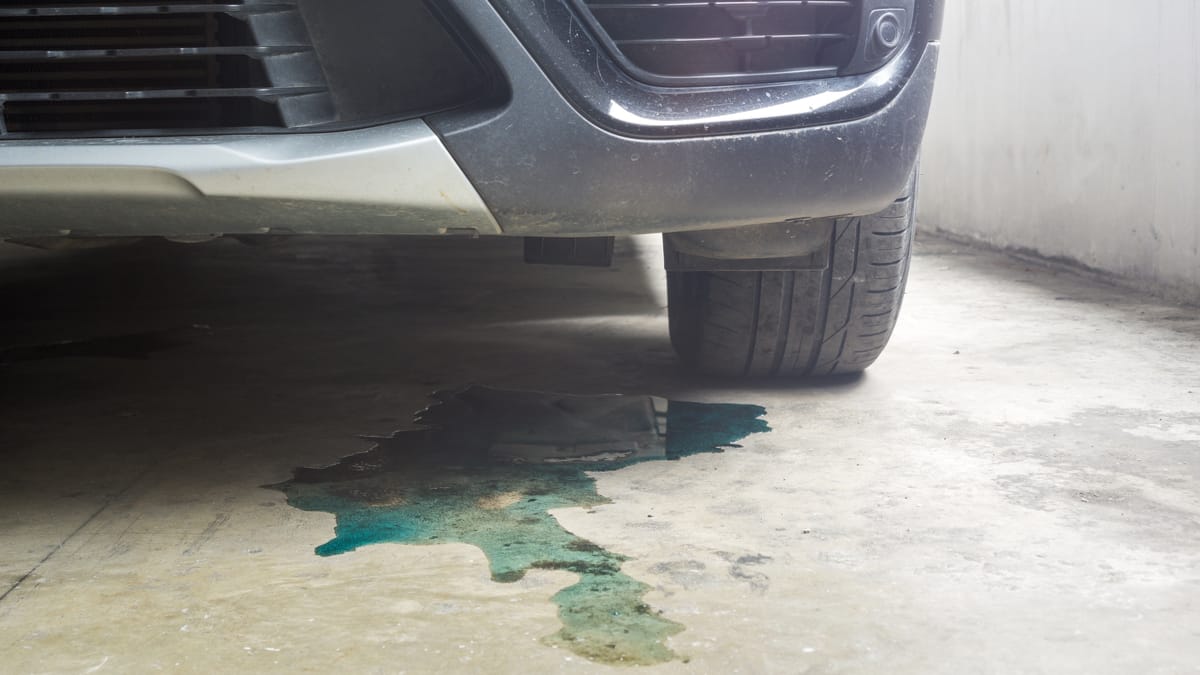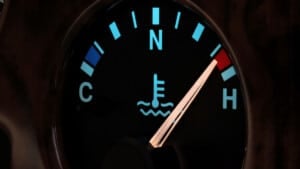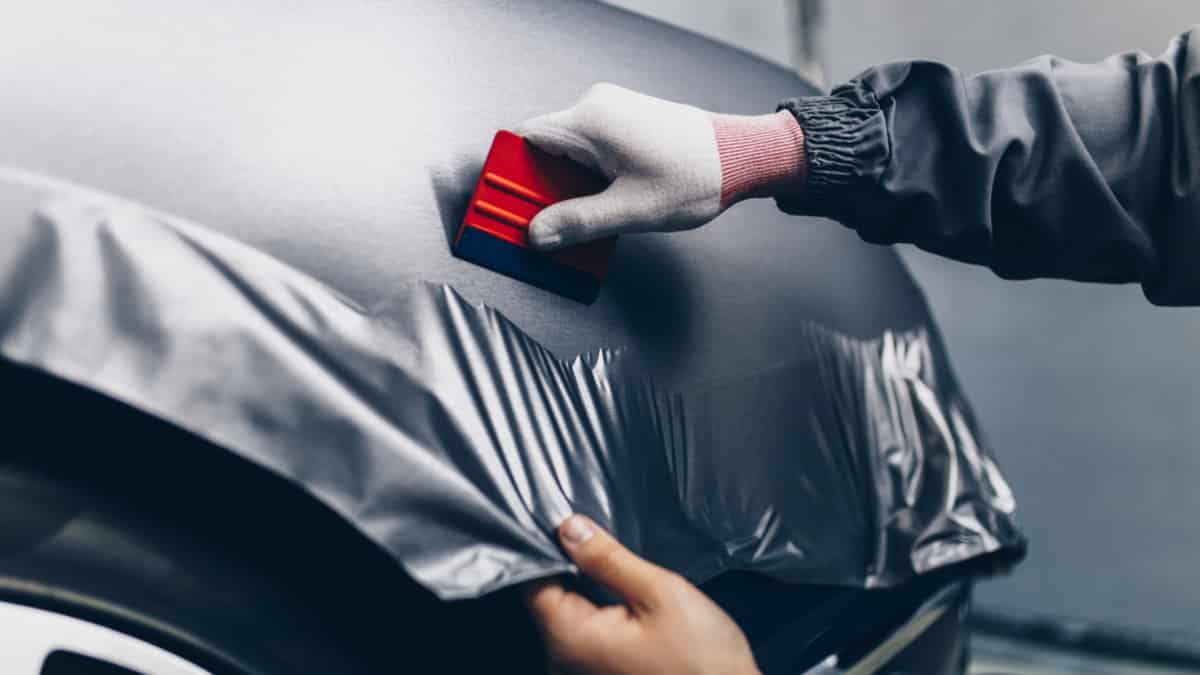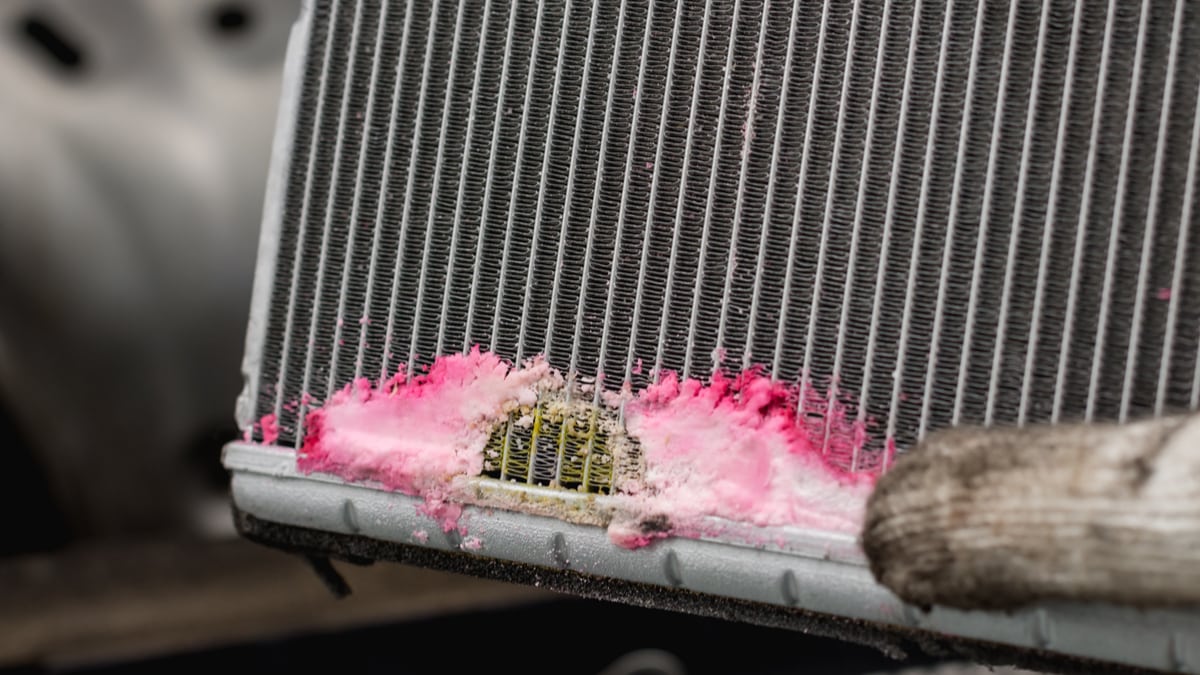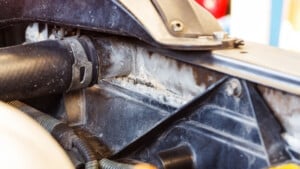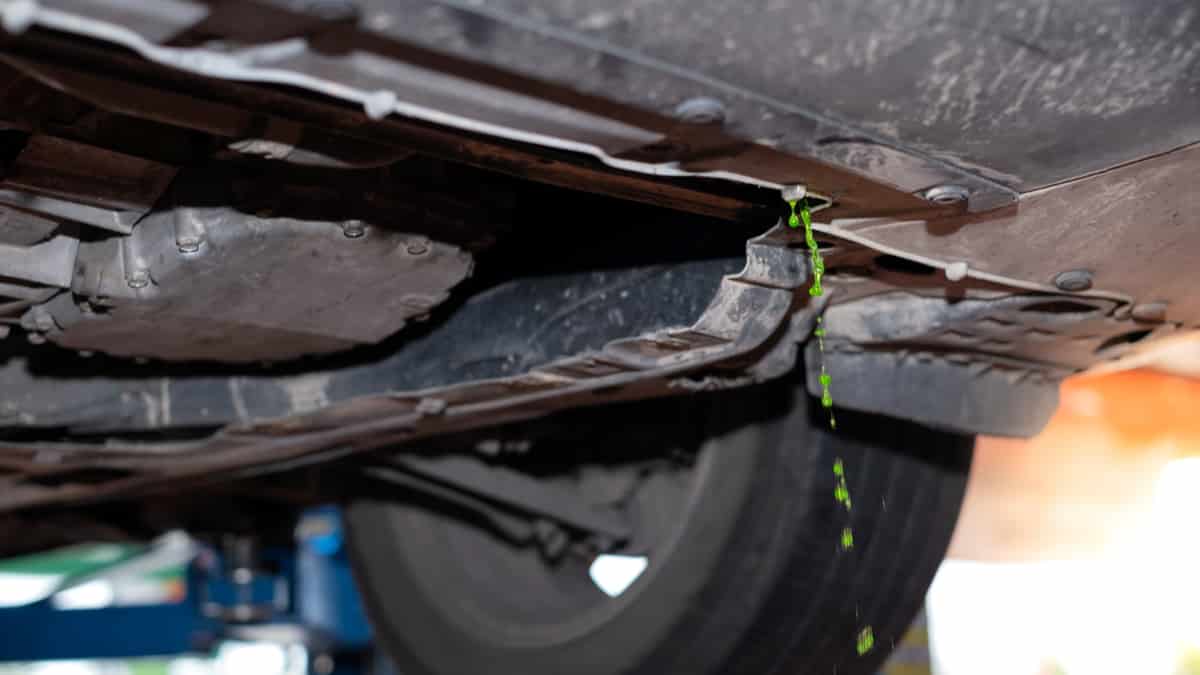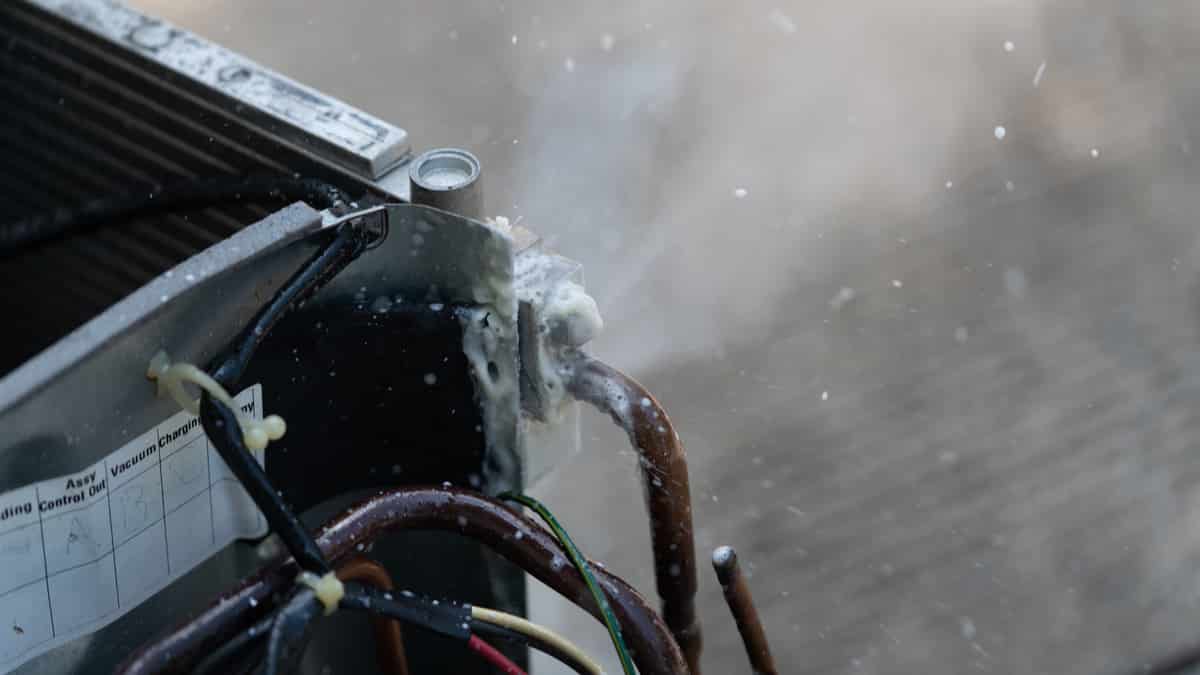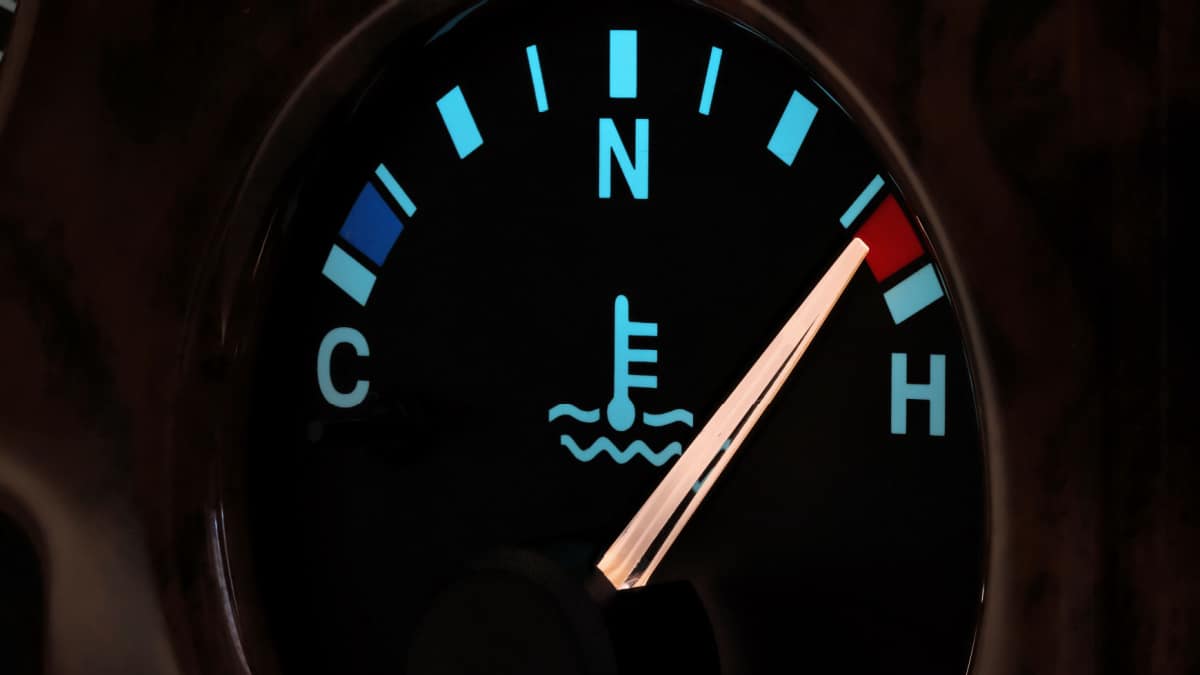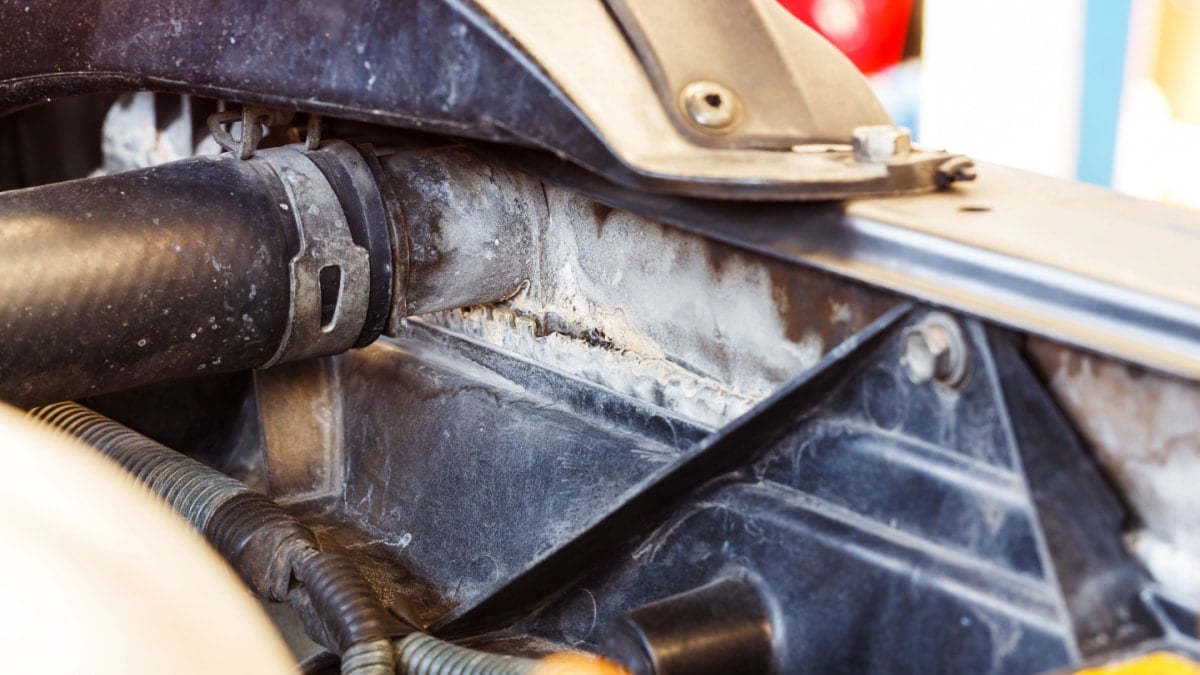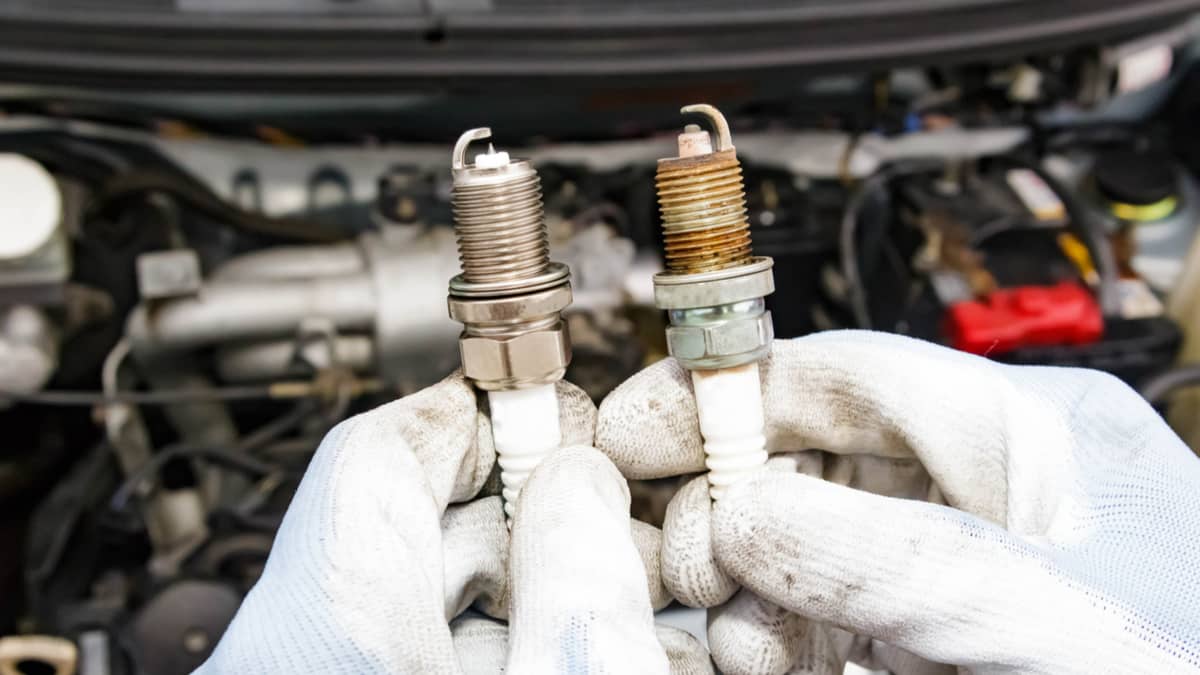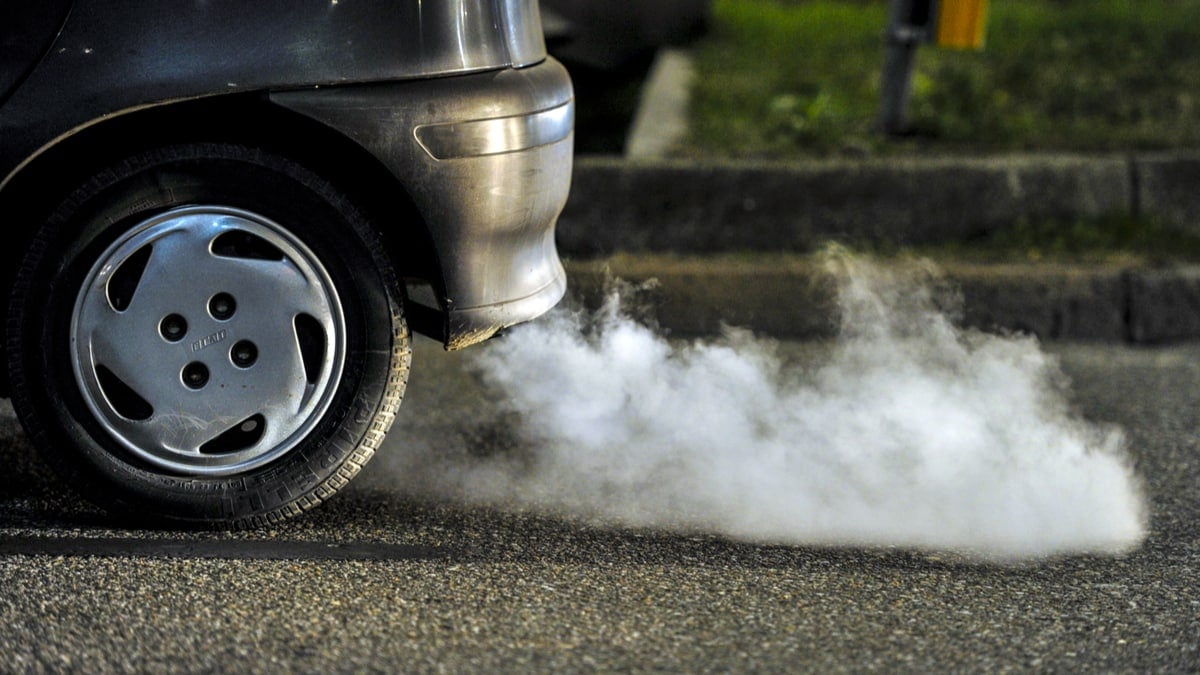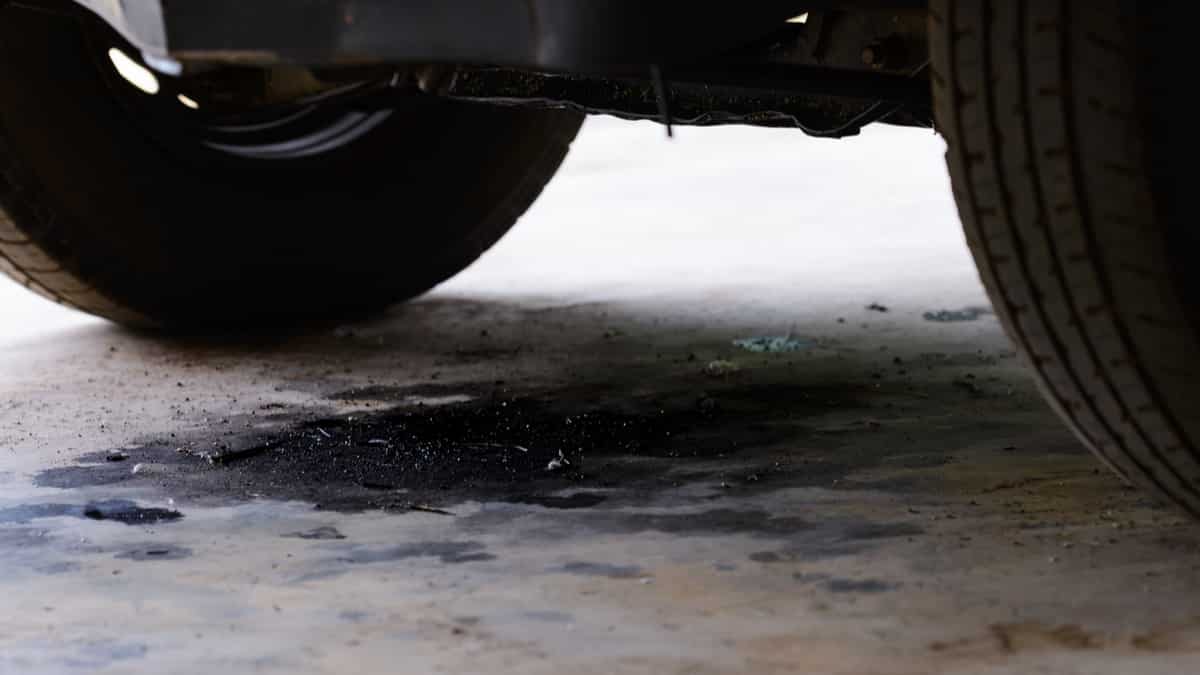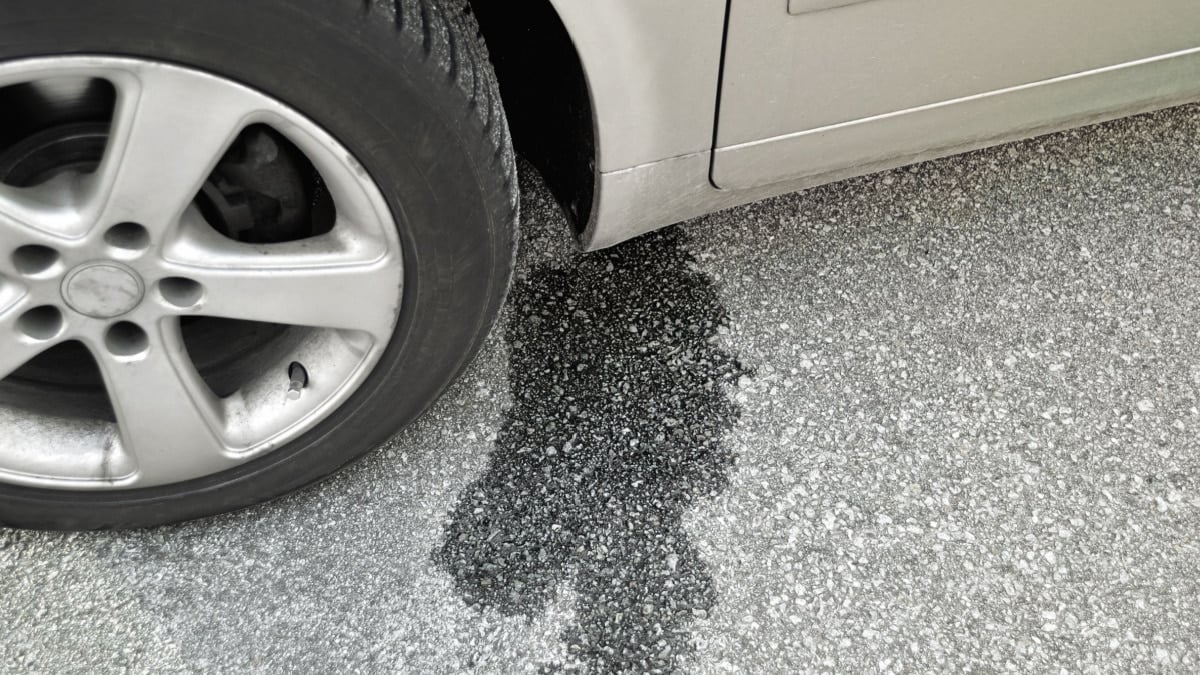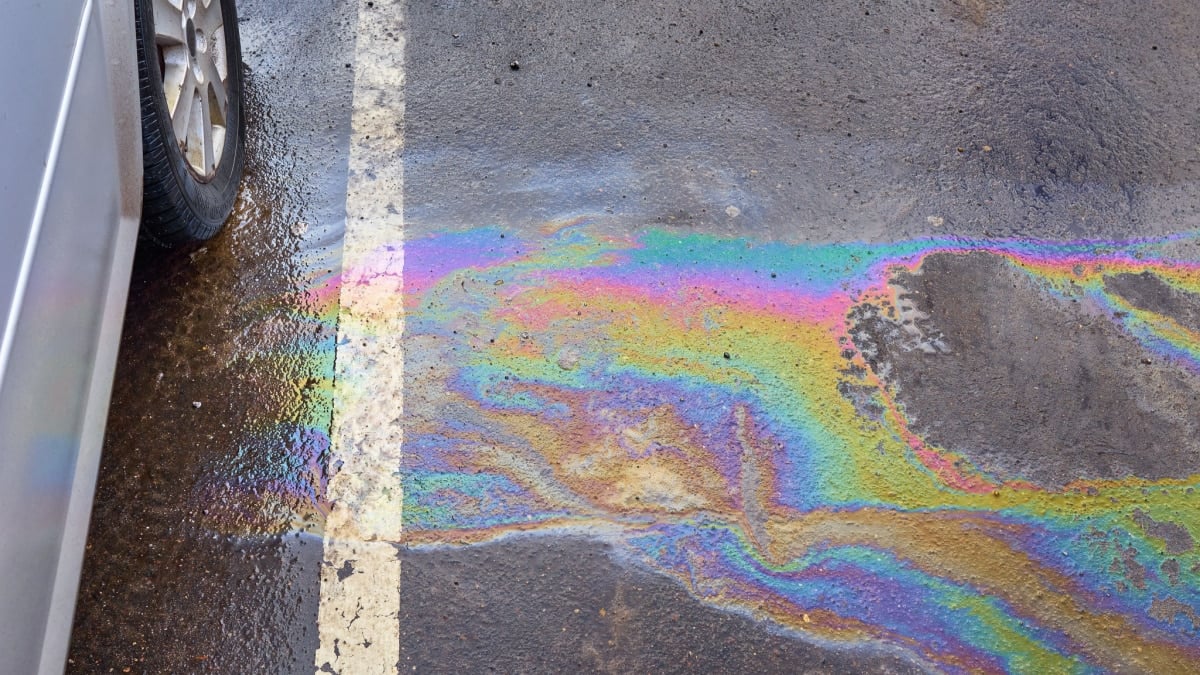You might think that coolant is more likely to leak out of the car when the engine is running, but this isn’t the case.
When the engine runs, the coolant circulates through the system, making it less likely to leak. So, what causes a coolant leak when the car is not running?
In this guide, I will look at why the coolant might leak when the engine is off. I will also show you some simple ways to fix the problems.
Causes of Coolant Leak While Car is Running
Coolant leaks when the car is not running can be caused by damaged hoses, a bad radiator cap, a bad radiator, or a defective water pump. It’s also possible that there is a bad heater core or a blown head gasket. A bad intake manifold gasket could also be to blame.
Here is some more detailed information on what could cause a coolant leak when the car is running.
1. Bad Heater Core
Hot coolant gets pumped into the engine through the system’s heater core. The heat that is generated from the system gets blown into the vehicle through the HVAC vents when you activate the heater.
If the heater core is bad, you will notice trouble getting heat into the system. You might also see leakage under the vehicle around the passenger or driver seat area.
2. Damaged Hoses
A broken hose can also cause a leak when the engine is running or not. As the motor runs, the pressure of the system can either increase the leak or decrease it, depending on where the hole is.
Either way, hoses can become brittle and worn over time, which is why they should be regularly inspected. The heat and constant pressure can increase the wear if left unchecked.
3. Bad Radiator Cap or Radiator
The radiator cap is needed to keep the coolant in the system where it belongs. It also helps to regulate the pressure in the radiator.
If the cap is damaged, coolant can leak out, leading to lower levels in the radiator. Additionally, the coolant reservoir could overflow when you run the engine because of the higher pressure in the hoses.
The radiator could also be cracked or damaged from any external damages like corrosion or stones when traveling at high speeds.
RELATED: 6 Symptoms of a Bad Radiator Cap (& Replacement Cost)
4. Blown Head Gasket
If the coolant has started leaking into the engine oil or combustion chamber, a blown head gasket is the likely cause. The head gasket is responsible for keeping the oil and coolant separated from one another.
As coolant leaks into the system, it’s no longer able to keep the engine cool. This problem occurs when the engine is running and when it’s off, but running the engine is more dangerous, since the motor will start overheating.
A bad head gasket can also cause external coolant leakage and you will see if coolant leaks out between the engine block and the head.
RELATED: How to Test if the Head Gasket is Blown (7 Easy Steps)
5. Defective Water Pump
If the water pump becomes damaged, you might notice a huge coolant leak. The water pump’s job is to push the coolant through the hoses smoothly.
As the water pump starts to fail, the coolant can no longer flow the way it should. This is yet another issue that can cause problems with the engine on and off.
6. Bad Intake Manifold Gasket
The intake manifold gasket is found at the spot where the manifold connects to the engine. If coolant is leaking below the vehicle, it could be caused by a bad gasket.
As with any of the issues, the sooner this is repaired, the better off you are. Otherwise, it could create large problems when the engine is running.
RELATED: 5 Causes of a Coolant Leak (& How to Fix it)
Areas to Examine for Coolant Leak
1. Radiator/Cap
The first place to look for a leak is around the radiator. You might need to clean off the radiator of leaves, dirt and debris to see where the coolant is coming from.
You should also examine the radiator cap to see if it is damaged. It should be securely attached to the radiator to avoid leakage and other consequences.
2. Hoses
There are hoses throughout the system that should be examined. If there is a torn hose, the coolant should be dripping from its surface. Depending on where the hole is, the leak may only occur when the engine is running or off, based on where the coolant is at the time.
You also want to look for cracks in the hose surface. Even if there isn’t a hole yet, coolant could easily be seeping through the crack.
3. Under Vehicle
Get underneath the vehicle and take a good look for leaking coolant. Depending on what kind you use, the liquid will be blue, red, or green.
By determining where the leak is coming from, you will have a better idea of what part might have failed. If you have driven with a coolant leak, it might have blown onto other parts. Wash down the undercarriage and inspect it again for a better idea of where the leak is coming from.
4. Heater Core
Take a peek at the floorboards under the passenger seat of your vehicle. If you notice coolant stains, the problem could be the heater core.
When the heater core is damaged, it can leak fluid under the car on that side. It will also cause lower levels, which could lead to the engine overheating.
5. Under the water pump
Water pumps are mostly driven by the serpentine belt or timing belt depending on your car model. If it is driven by the serpentine belt, you can start looking for leaks under the pump.
If the pump is driven by the timing belt, it may be more difficult to see it, and you may need to remove the timing belt cover to get a glimpse of the pump. However, if there is a leak under the crankshaft pulley and the pump is driven by the cam belt, chances are high that it is the pump that is leaking.
6. Head Gasket
It’s not as easy to see a leaking head gasket. To discover this issue, you will need to check the coolant fluid and oil to see if there’s any contamination. You can also try to check between the engine block and head if you can see any external coolant leaks.
How to Fix Coolant Leak
The fix for a coolant leak depends on what is causing the fault in the first place. For example, with a damaged heater core, a replacement is all that can be performed. It will often cost between $500 and $1,000 for the parts and labor to replace a heater core.
Damaged hoses vary in cost, depending on where the hose is and how difficult it is to remove. However, there are times when a hose is leaking because of a loose clamp. If this is the case, you just need to tighten or replace the clamp.
One of the cheapest options is to replace a bad radiator cap. You may spend just $10 to $50 for a new cap, and the installation is simple.
If the water pump has failed, you will need to replace it. A new water pump replacement could cost $350 to $800, but there’s the option to purchase a remanufactured water pump to save a little money.
If you need to replace the intake manifold gasket, the part itself doesn’t cost a lot of money. In fact, it might only be $20 to $100. However, it’s not an easy part to replace, so the labor could easily add another $200 to $400 unless you can swap it out at home.
The most expensive fix is to replace the head gasket. You could easily spend $1,500 to $2,000 on a new head gasket installation. However, if you don’t get the blown head gasket fixed promptly, there could be severe engine damage occurring as the motor continues to overheat. This is not a problem you want to leave unchecked.
Can I Drive With a Coolant Leak?
Your car may seem to run fine despite the coolant leak, but you shouldn’t drive it. As the coolant leaks, the engine temperature won’t be properly regulated.
If the engine overheats, it could cause permanent damage. Furthermore, a small leak can quickly become major, even while you are on the road. For example, a small hole in a hose can become a massive hole, dumping out all of the coolant while you are away from home.
Categories: Coolant, Troubleshooting
